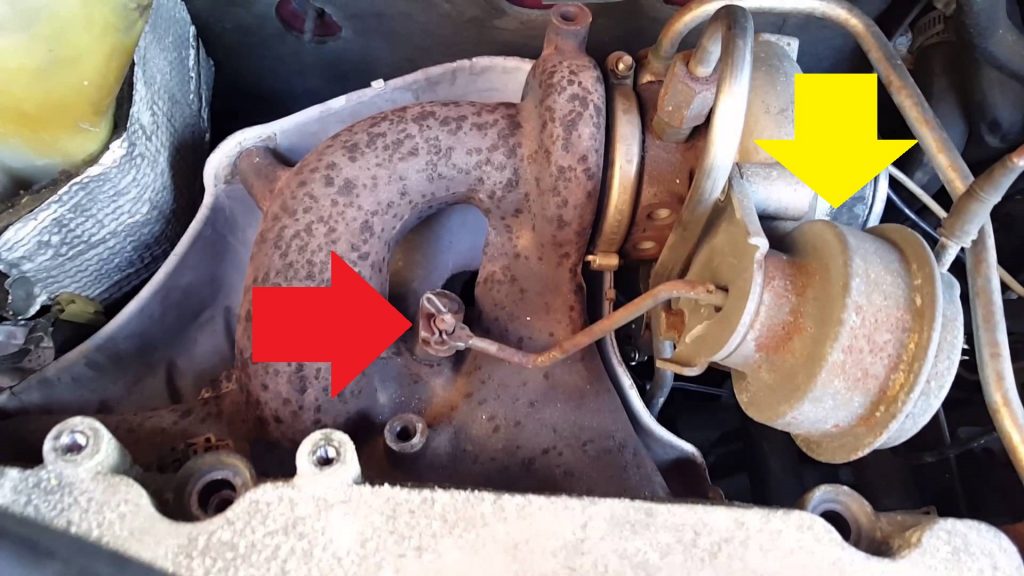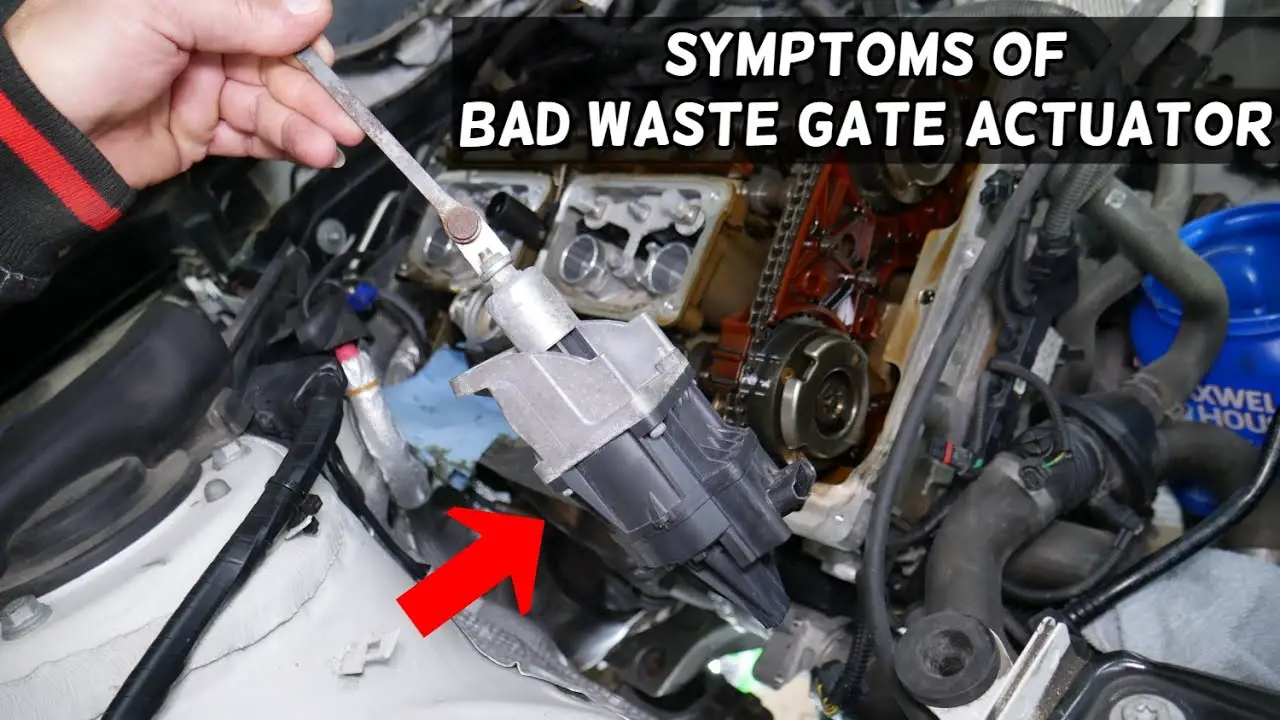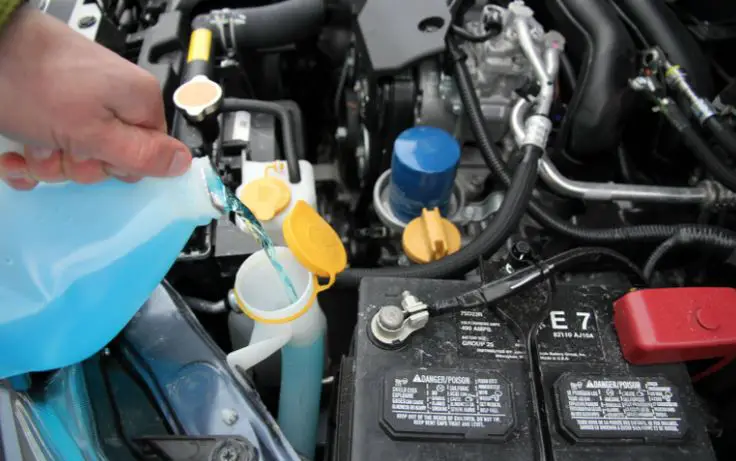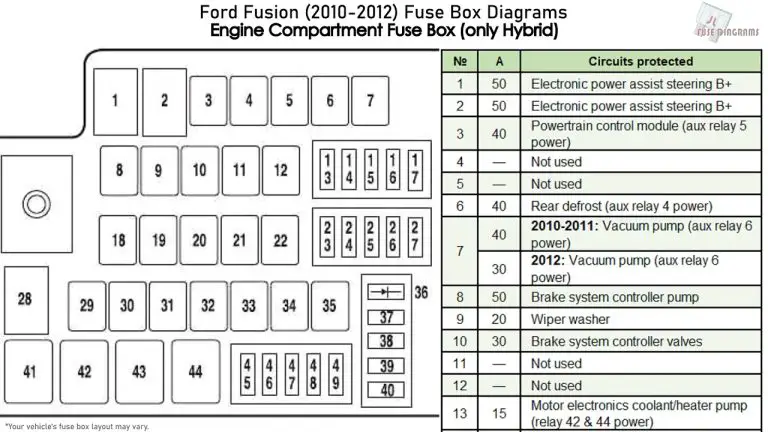Symptoms of a Bad Wastegate
A wastegate is an essential component of a turbocharged engine. It helps regulate the boost pressure produced by the turbocharger. When the wastegate malfunctions, it can lead to a host of problems that can affect the performance and reliability of the engine. In this article, we will explore the symptoms of a bad wastegate and the potential consequences of ignoring these symptoms.
1. Loss of Power
One of the most common symptoms of a bad wastegate is a loss of power. When the wastegate fails to open or close properly, it can result in a loss of boost pressure, which directly impacts the engine’s power output. This can manifest as sluggish acceleration, reduced towing capacity, and overall decreased performance.
2. Overboost or Underboost Conditions
A faulty wastegate can lead to overboost or underboost conditions. Overboost occurs when the wastegate remains closed, causing the turbocharger to produce excessive boost pressure. This can lead to engine knocking, detonation, and potential damage to internal engine components. Conversely, underboost occurs when the wastegate remains open, resulting in inadequate boost pressure and a noticeable decrease in engine power.

Credit: blog.modernperformance.com
3. Loud Whistling or Rattling Sounds
Another telltale sign of a bad wastegate is the presence of loud whistling or rattling sounds coming from the turbocharger or wastegate assembly. These noises can indicate issues such as a stuck wastegate, worn internal components, or even a damaged diaphragm. It’s crucial to address these abnormal sounds promptly to prevent further damage to the turbo system.
4. Increased Exhaust Emissions
A malfunctioning wastegate can lead to increased exhaust emissions, including higher levels of unburned hydrocarbons and carbon monoxide. This can result from improper turbocharger operation, which affects the combustion process and subsequently increases emissions. In addition to environmental concerns, elevated exhaust emissions can also lead to failed emissions tests and potential fines.
5. Check Engine Light
Many modern vehicles are equipped with onboard diagnostics that monitor various engine systems, including the turbocharger and wastegate. A failing wastegate can trigger the check engine light, indicating a problem that requires attention. By retrieving and analyzing the associated diagnostic trouble codes (DTCs), a qualified technician can pinpoint the specific issue with the wastegate and implement the necessary repairs.
6. Reduced Fuel Economy
When a wastegate is not functioning correctly, it can lead to decreased fuel economy. The engine may operate inefficiently due to irregular boost pressure, resulting in higher fuel consumption. This can add up to significant extra costs over time, making it important to address any wastegate-related issues promptly.
Frequently Asked Questions On Symptoms Of A Bad Wastegate
What Are The Common Symptoms Of A Bad Wastegate?
A bad wastegate can cause turbo lag, loss of power, and strange exhaust noises.
How Can I Tell If My Wastegate Is Not Functioning Properly?
You may notice a sudden drop in boost pressure and an increase in fuel consumption.
Why Is It Important To Address A Bad Wastegate Promptly?
Ignoring a bad wastegate can lead to further damage to the turbocharger and engine.
Can A Bad Wastegate Cause Engine Overheating?
Yes, a malfunctioning wastegate can lead to increased exhaust temperatures and potential engine overheating.
Conclusion
As an integral part of the turbocharging system, the wastegate plays a crucial role in maintaining optimal engine performance and efficiency. Recognizing the symptoms of a bad wastegate is essential for preserving the longevity of the engine and turbocharger. If any of the aforementioned symptoms are present, it is advisable to have the wastegate inspected and serviced by a qualified mechanic to prevent further damage and ensure the vehicle operates at its best.



